Intro
The Śląski w Starym Typie or Silesian Old Type Horse is named for Silesia in Poland where they are bred. They were established in the 19th century and notable for being one of the heaviest warmbloods in Europe at the time.
Read more
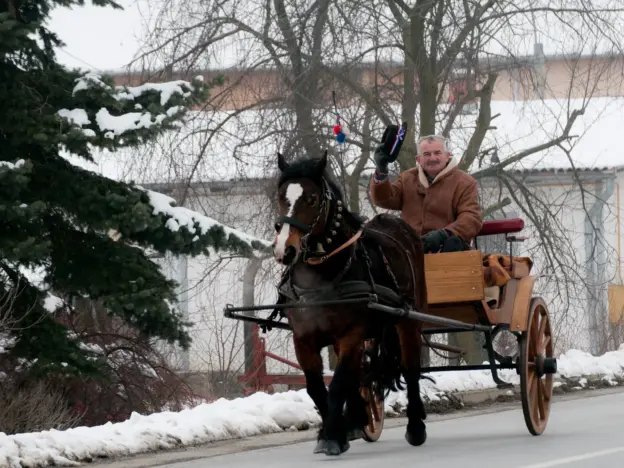
The Śląski w Starym Typie or Silesian Old Type Horse is named for Silesia in Poland where they are bred. They were established in the 19th century and notable for being one of the heaviest warmbloods in Europe at the time.
Read more
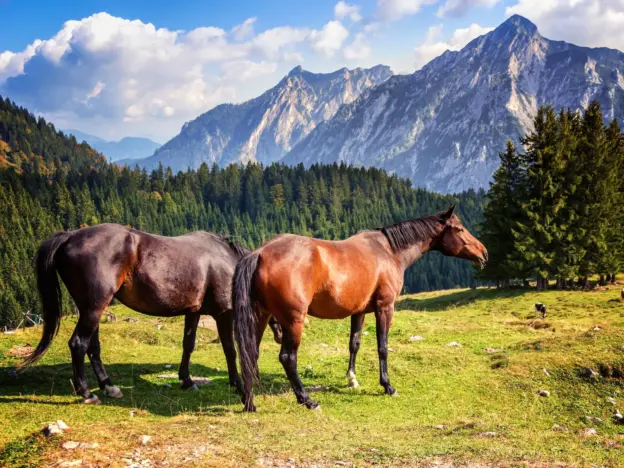
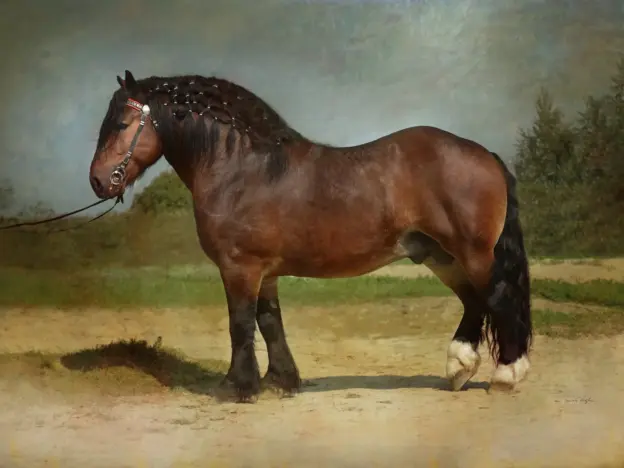
The Sztumski Coldblood is one of a handful of draft types bred in Poland, this strain is named for the Sztum locality in the northeast where it is bred.
Read more
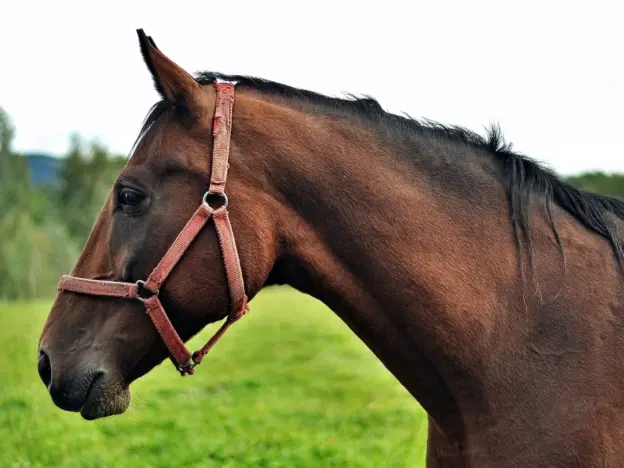
Not to be confused with the modern Małopolski, the Małopolski w Starym Typie or Małopolski Old Type is considered a separate breed, although both are considered Anglo Arabians.
Read more

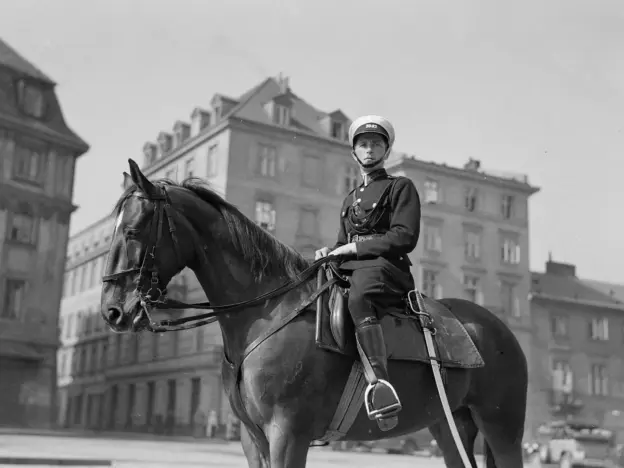
Also called Zwaar Warmbloed paard, the Dutch Heavy Warmblood is a robust riding type that is registered separately than the Dutch Riding Horse and their KWPN sport registries.
Read more
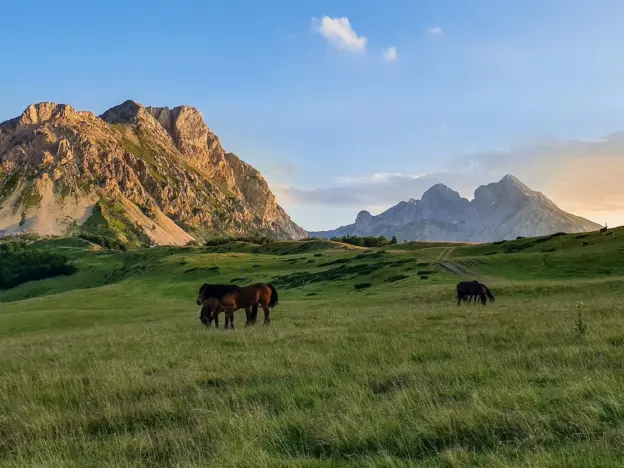
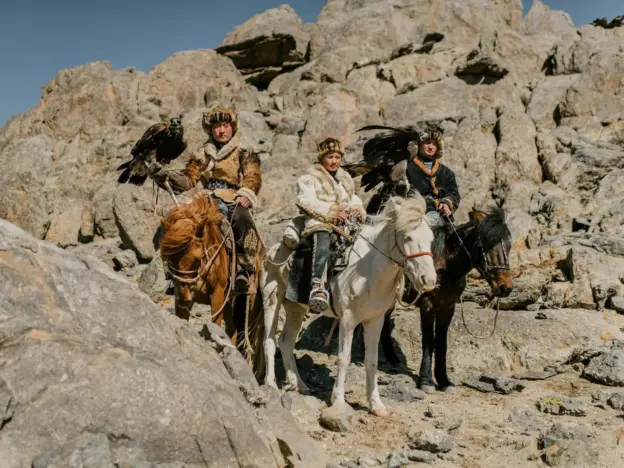
Also called Undurshil, the Ondorshil is a strain of Mongolian Horse known for a particularly fine conformation among the breed.
Read more
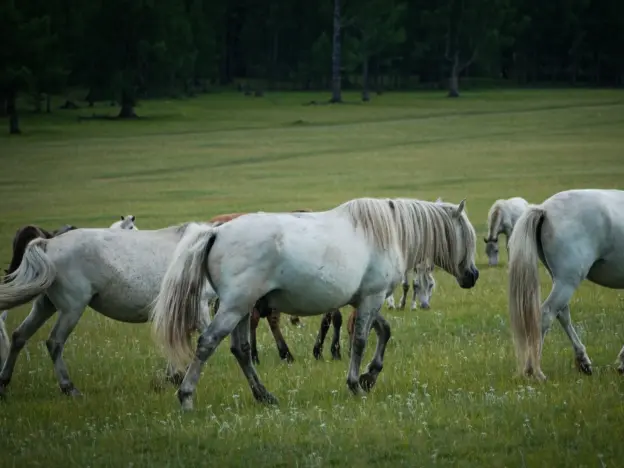
Found in the Renchinlhumbe, Bayanzurkh, Ulaan-Uul, Khankh, Tsagaannuur soums of Khuvsgul provinces of Mongolia, the Darkhad is a type of Mongolian horse that is raised at around 8000ft elevation.
Read more
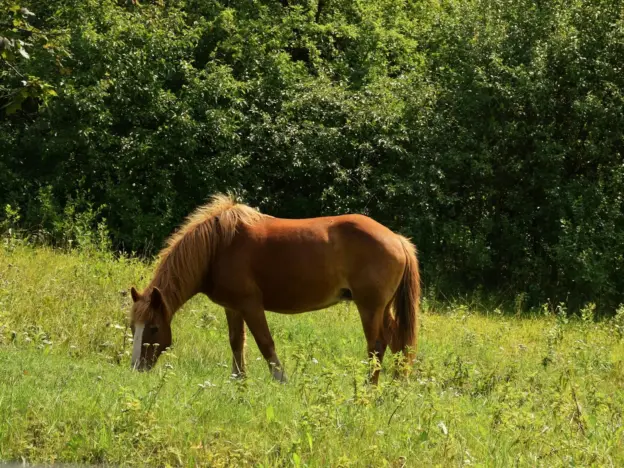
The Lithuanian Riding Poni is very much a 21st century breed and was only recently established. That doesn’t mean they haven’t bred useful ponies in the country, they were just recently recognized officially.
Read more